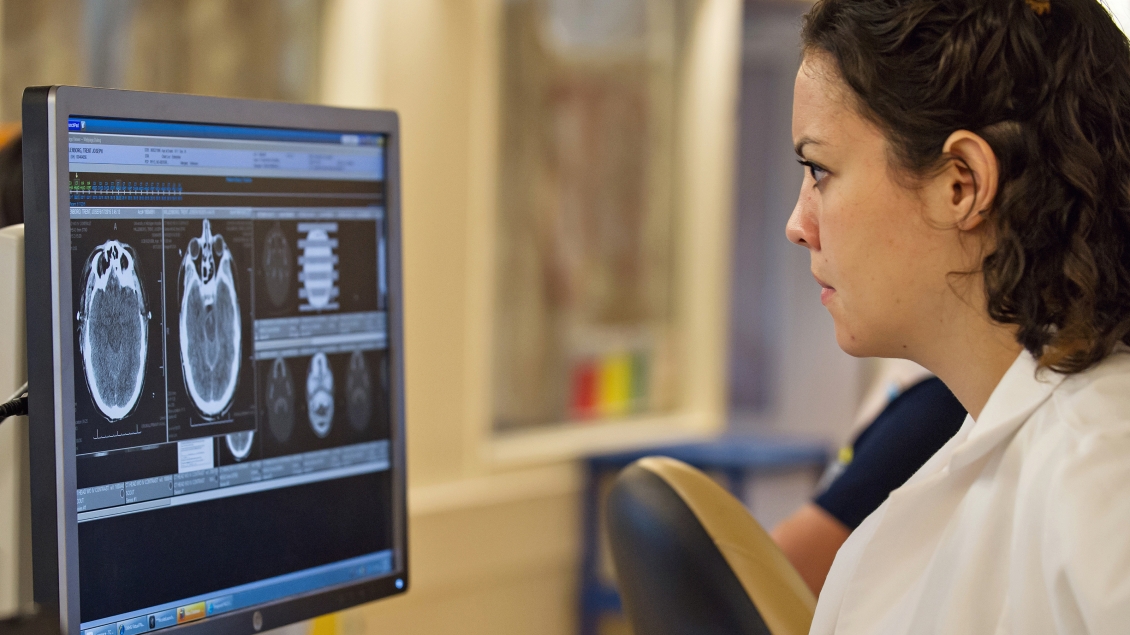
Additionally, individual investigators within the Department continue to carry out groundbreaking research in a multitude of clinical, translational and outcomes-related areas including but not limited to:
- Brachial plexus and peripheral nerve surgical reconstruction strategies and outcome assessments
- Interdisciplinary collaboration on brachial plexus and peripheral nerve research with Physical Medicine and Rehabilitation, Neurology, Plastic Surgery, Anesthesiology, Obstetrics, and Movement Science
- Role of iron toxicity in causing brain injury post intracerebral and subarachnoid hemorrhage
- Brachial plexus and peripheral nerve surgical reconstruction strategies and outcome assessments
- Interdisciplinary collaboration on brachial plexus and peripheral nerve research with Physical Medicine and Rehabilitation, Neurology, Plastic Surgery, Anesthesiology, Obstetrics, and Movement Science
- Role of iron toxicity in causing brain injury post intracerebral and subarachnoid hemorrhage
- Subarachnoid hemorrhage risk factors and clinical outcomes
- Acute brain injury and brain-tissue oxygen guided management of patients with severe Traumatic Brain Injury, as well as a variety of noninvasive tools for the assessment of intracranial physiology in acute brain injury
- Volume outcome relationship for hemorrhagic and ischemic stroke
- Surgical treatment of and functional mapping for resection of brain metastases, as well as effects of radiation therapy on metastases and the surrounding brain
- Spine metastases, including the growth of metastatic tumor in the spine, different aspects of the bone microenvironment that may play a role in spine metastases, as well as current treatment paradigms and codification of patients who benefit from different treatment modalities
- Spine surgery clinical outcomes through spine registry data analysis
- Spinal deformity and interbody fusion techniques (lateral interbody fusion) through prospective multi-center studies
- Retrospective analysis on spinal topics including degenerative conditions, trauma, oncology, deformity, minimally invasive techniques, and novel spinal technologies
- Collaboration with Biomedical Engineering to develop innovative treatments, such as:
- Histotripsy (ultrasound-based technique) for intracerebral hemorrhage, brain tumors, and hydrocephalus
- Development of a thrombectomy tool
- Development of an automated drill for burr hole and intracranial pressure monitoring
- Development of techniques for brain cooling
- Resident procedural learning: using different feedback systems to examine how residents best learn surgery
BOOST3 Research Study
BOOST3 is a research study designed to learn if either of two alternative strategies for monitoring and treating patients with TBI in the intensive care unit (ICU) is more likely to help them get better.